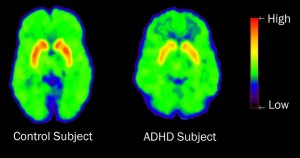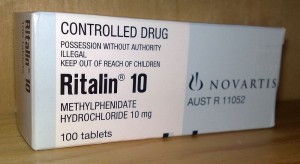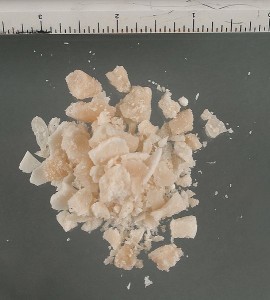The Dangers of Improper Adderall Use
Adderall and Ritalin are among the most common drugs that are used for treatment for Attention Deficit Hyperactive Disorder in children. This is a disorder that has been seen in children when dopamine is deficient in the frontal lobe. Aspects such as reasoning, planning, focusing and problem solving are affected.

The brain of someone without ADHD compared to someone with ADHD. Note the different sizes of the yellow sections of the brain highlighted here. These sections refer to the differing amounts of dopamine.
However, it has been seen that one in every five college students actually uses Adderall even though they do not have any issues with ADHD. And this figure is what has been claimed by college students themselves and the real figure is likely to be much higher.
Those who have normal functioning of the brain and adequate dopamine levels are likely to experience an enhanced sense of motivation, enthusiasm and focus and concentration. This is something that helps, temporarily, when you are spending full nights studying and reading hundreds of pages to prepare for an exam.
Adderall Dependency
A large part of the Adderall dependency problem comes from the fact that it is a performance enhancer. Those who do take this drug feel that they are just being helped in becoming more focused and less distracted. The lure of a better GPA can make many students go to great lengths to get hold of Adderall. There are some that actually go to doctors and pose as if they have ADHD to be able to get hold of a prescription. Then there are others who steal or smuggle money from their parents to be able to get a pill from their pals.
Most of these college students claim that they are not addicted to Adderall and that they only pop in a pill when they have a large amount of work to do in a short period of time. But it is known that amphetamines taken in large quantities by snorting can become an addiction that can cause a large number of issues, especially when there are pre-existing medical conditions. Thus it may not be a bad idea for worried parents to consider a urine drug test for Adderall/Ritalin, or amphetamines in general.

Prescription Ritalin, a drug commonly abused by college students.
Adderall – Not a Great Idea After all
While there are a fair number of side effects of the drug, Adderall also results in killing creativity. Drugs like Adderall and Ritalin make the user more structured and rigid, thereby lessening the means of creative thought. So while some may still be willing to give up creativity and original thought out of a desire to get an “A” in chemistry or physics, one should keep in mind the price that one is paying for the same. In addition to that there are also side effects that can create additional problems.
Signs to Watch Out For
Those who do not suffer from ADHD and have no deficiency of dopamine in the frontal lobe start to show certain signs if they are on Adderall or Ritalin. These signs can let you know that something is amiss and needs to be investigated. Some of the common signs that can let you know if someone is taking performance enhancers include lack of appetite, decreased sleep, anxiety, nervousness and irritability. There are some who experience mild stomach ache or headaches too.
Some other side effects are high blood pressure and issues in resolution of other medical issues. Those who have a heart abnormality may also have grave and/or fatal issues if they take Adderall or Ritalin without a prescription.
– Article by Anne Hamilton






